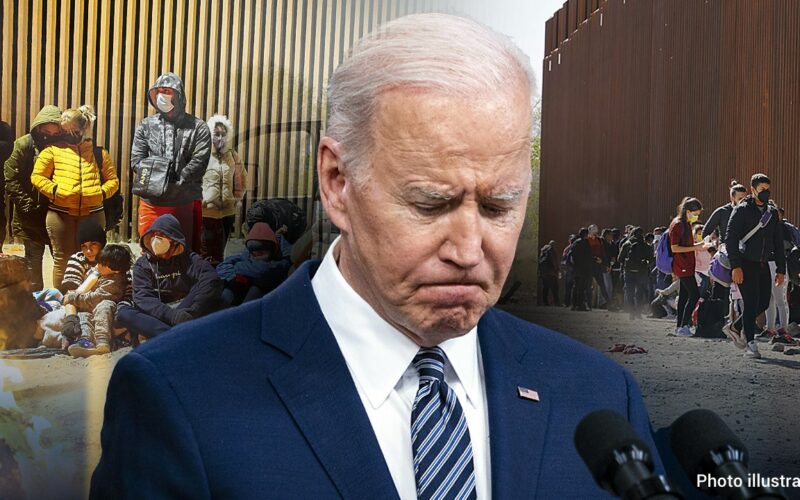The significant financial impact the ongoing migrant crisis is expected to have on Massachusetts, projecting a $1.8 billion expenditure over the next two years. This looming expense poses a potential “fiscal time bomb” for the state.
Released on July 24 by the Center for Immigration Studies (CIS), the report forecasts that Massachusetts will face substantial challenges in managing the increasing influx of migrants. “The cost to Massachusetts taxpayers of temporary housing and shelters is enormous, but it pales in comparison to the costs that will accumulate in the future if those in the temporary shelters today remain in the Commonwealth for the long term,” wrote Jessica Vaughan, CIS director of policy studies.
Beyond housing, the report notes that Massachusetts taxpayers will also bear the costs of schooling, social services, medical care, and public safety for the migrant population. Migrants in Massachusetts are eligible for various welfare programs, including food stamps via the Supplemental Nutrition Assistance Program (SNAP), Temporary Assistance to Needy Families (TANF), Medicaid, and other public services. This eligibility extends even as federal regulations restrict access to such programs.
The state has already spent over $1 billion on the Emergency Assistance (EA) sheltering program, which provides housing for migrants. The report also points out that some migrants under the EA program arrived through controversial parole programs initiated by the Biden administration.
State budget officials predict an additional $1.8 billion in expenditures over the next two years to manage the growing migrant population. In response to the increasing numbers, Governor Maura Healey has implemented restrictions on shelter programs to prioritize state residents.
According to the report, there are approximately 355,000 “illegal and inadmissible” migrants living in Massachusetts, with 50,000 new arrivals since 2021. Among these migrants, 10,000 are minors, and 8,500 are unaccompanied.
New arrivals often face significant challenges, including language barriers and a lack of education or skills necessary for self-sufficiency in Massachusetts. A separate study by MassInc and UMass Donahue found that over 450,000 Massachusetts residents have limited English proficiency, making up roughly 10% of the state’s workforce. This number could be an undercount, as it is based on 2022 Census estimates.
Last month, Governor Healey dispatched members of her administration to the Texas border, citing “record” numbers of migrants arriving in Boston. These officials aim to collaborate with federal agencies, non-governmental organizations (NGOs), and migrant families to inform them about the limited shelter availability in Massachusetts.
Healey’s office has not yet responded to requests for comment regarding the CIS study.








